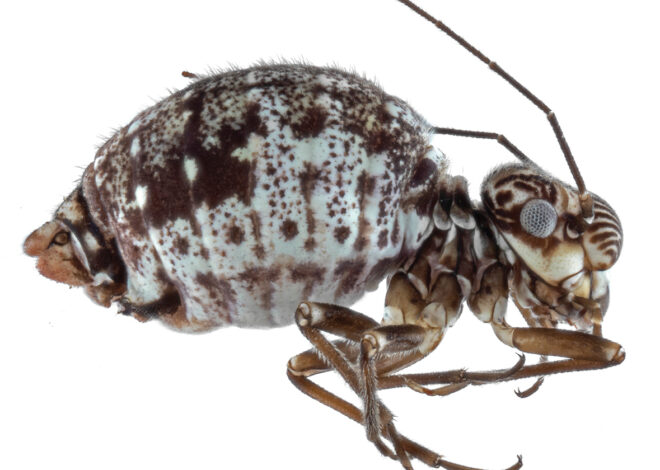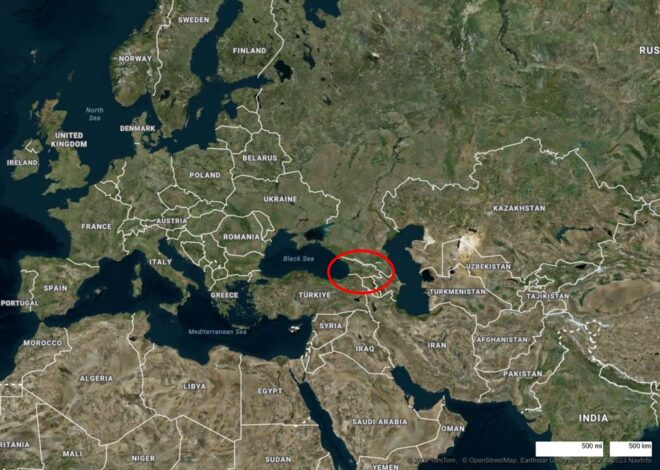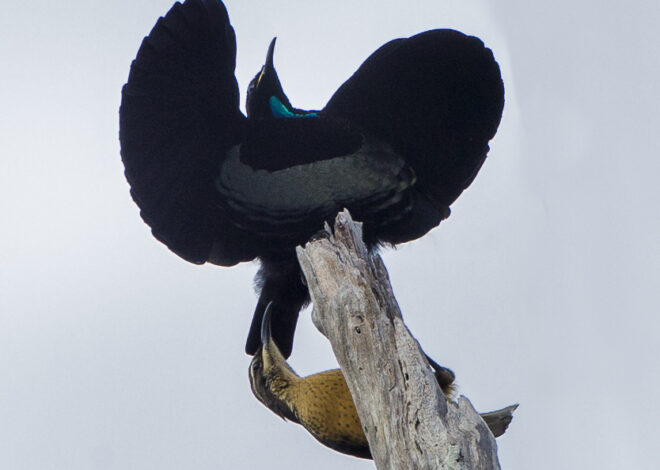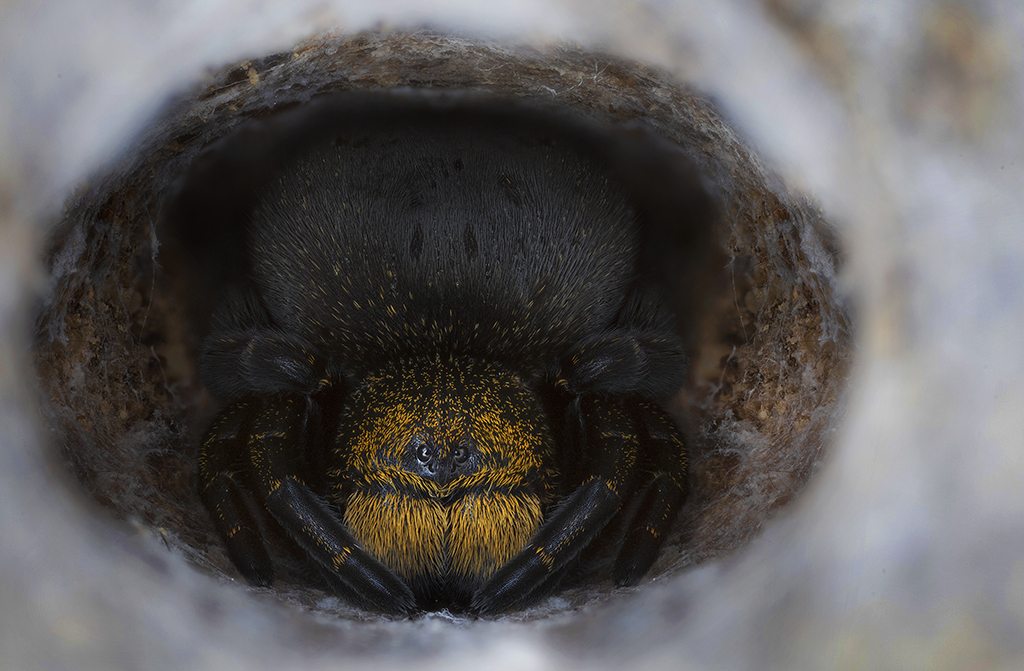
“Who Cares?: World’s Best Mothers”
Parental care has independently evolved across various taxonomic groups in the animal kingdom, prompting the question of why it emerges in certain species and not others. While providing parental care incurs costs for the parent, it generally yields benefits for the offspring, such as enhanced survival rate, growth, and reproductive success.
Contrary to popular expectations, it is not vertebrates but invertebrates, particularly spiders, that exhibit the most significant parental care for their offspring. All spiders engage in some form of maternal care, ranging from weaving protective silk around eggs to actively guarding, carrying, and feeding spiderlings. Certain species elevate parental care to an intriguing level known as matriphagy, where the offspring consume the mother.
Matriphagy is not exclusive to spiders: it has been observed among different groups of invertebrates, namely nematodes (Nematoda), earwigs (Dermaptera), and a single pseudoscorpion species (Pseudoscorpiones), with the latest one being the most recent discovery from the neotropics of America. As for the vertebrates, such maternal care was found in only one group of vertebrates – the amphibians known as Caecilians (Gymnophiona). This paradoxical combination of sacrifice and survival has independently evolved in different spider families, including Amaurobiidae, Cheiracanthiidae, Eresidae, Thomisidae, and Theridiidae. While these spiders exhibit varying levels of sociality, matriphagy is less extensive among solitary species compared to social ones, which constitute a minority of spider species.
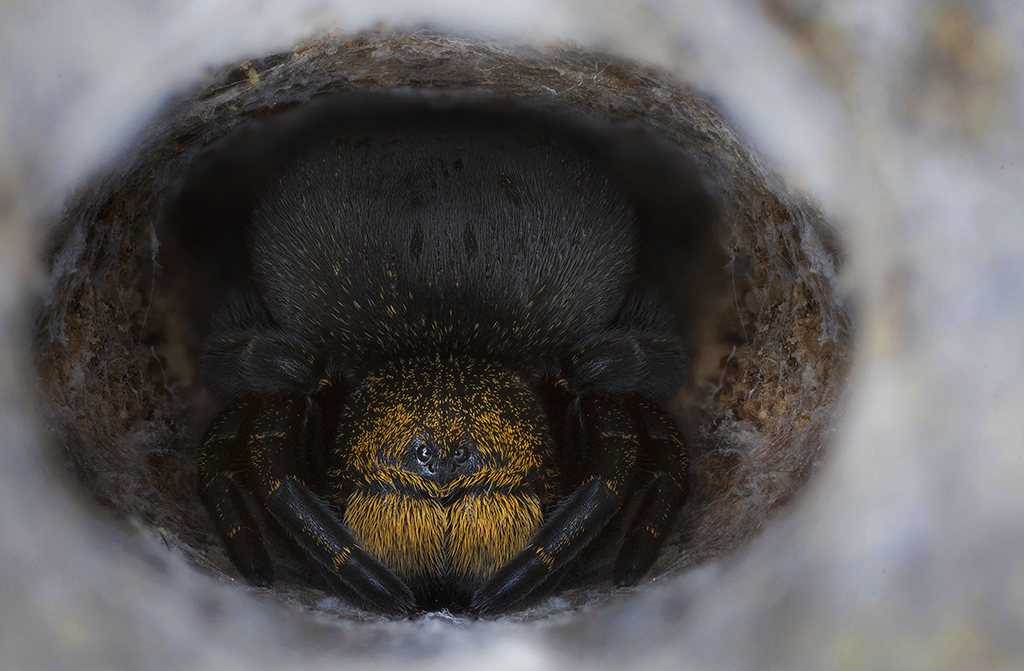
Despite the seemingly counterintuitive act of self-sacrifice, it is not surprising that mothers offer their bodies to their offspring, especially when subsequent maternal reproduction is limited. The concept of matriphagy has been proposed as a strategy to reduce brood cannibalism, allowing for a more extended period of collective life among the offspring and, in turn, facilitating the evolution of social behavior. This intricate interplay between sacrifice, survival, and social evolution adds a layer of complexity to our understanding of parental care in the animal kingdom, particularly among spiders and other invertebrates.
The mechanisms that trigger matriphagy can vary among spiders. Take, for example, the females of the widely distributed European spider Amaurobius ferox (Amaurobiidae). Initially, they feed unfertilized eggs to their offspring. However, after the spiderlings’ very first molt, the female’s behavior undergoes a significant shift: she starts drumming and jumping on her web, capturing the attention of her offspring. In a short period, the spiderlings instinctively surround her, extracting nourishing hemolymph.
In a similar scenario, the Australian crab spider Australomisidia ergandros (Thomisidae) and numerous members of the genus Anelosimus (Theridiidae) also fall victim to their offspring. The situation differs, though, for Cheiracanthium japonicum (Cheiracanthiidae), Eurasian spiders Phylloneta sisyphia, and Phylloneta impressa (Theridiidae), as well as Eresidae (to name local Eresus lavrosiae, Eresus kollari, and recently discovered Stegodyphus lineatus). After the offspring hatch, irreversible processes commence within the females’ bodies. These processes begin to dissolve fats and internal organs, progressing from the least vital to the essential. The caring mothers then regurgitate this nutrient-rich liquid to the spiderlings in the form of expelled nourishment.
Perhaps matriphagy also exists in other spiders and is yet to be discovered since the primary attention is being paid to their taxonomy rather than to biology. In the end, I would like to encourage you to view spiders not merely as predators or objects of your phobia but, instead, to recognize them as some of the best mothers on planet Earth.
https://doi.org/10.1636/S03-61.1

